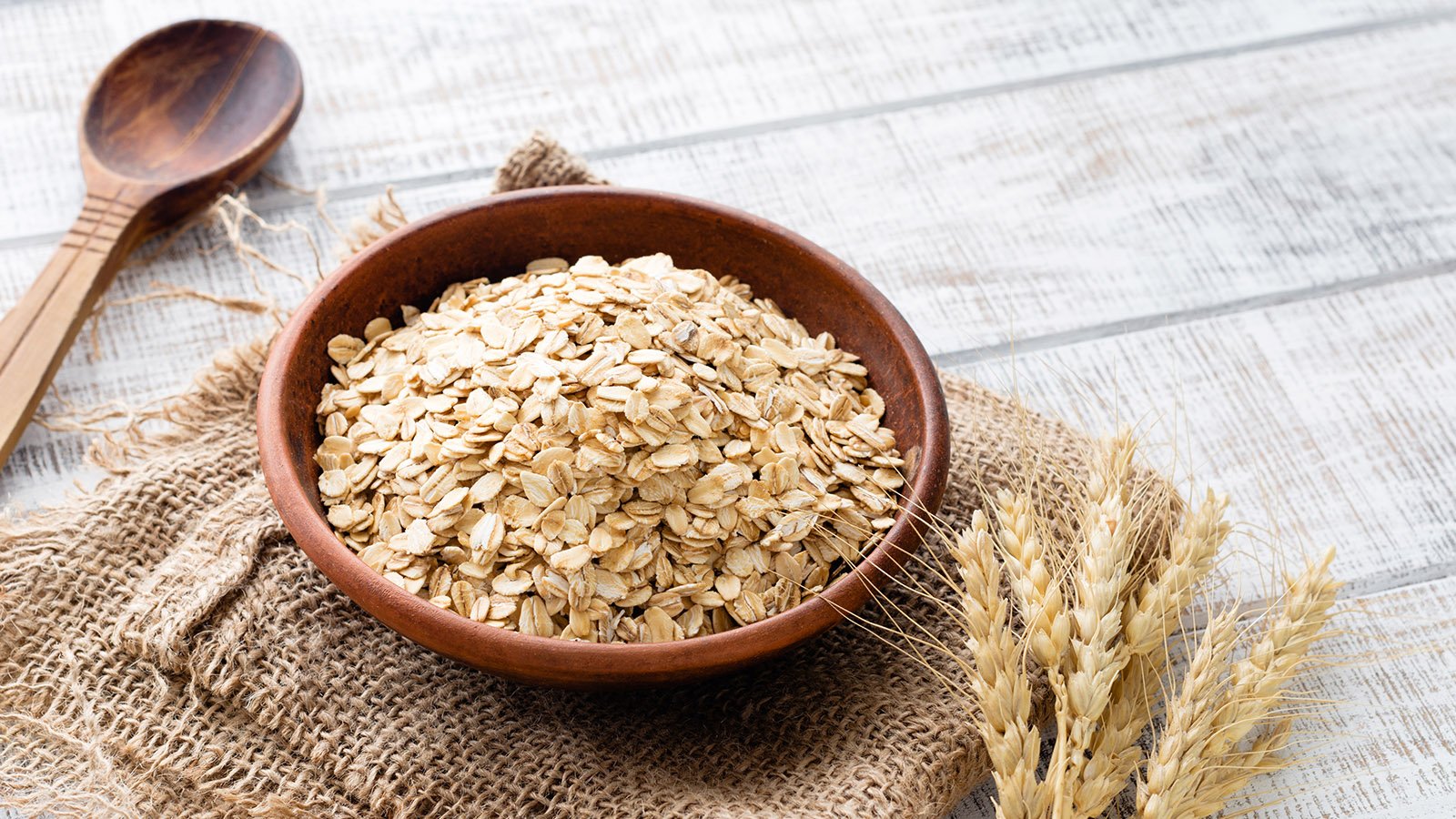The global economy is in a state of flux; there is a supply problem, and unfortunately, this translates to rising costs for consumers. From everyday essentials to once-in-a-while splurges, several items are primed for price increases in the near future.
Factors such as shortages of raw materials, the effects of climate change, policy changes, and supply chain disruptions compound the supply problem, making many things more expensive.
WATER BILLS

The water infrastructure in America, including purification plants, pumps, miles of underground pipes, and sewage-processing facilities, is aging, some parts being over a century old. This aging infrastructure frequently experiences breakdowns and outages, necessitating additional maintenance, materials, and labor, all of which contribute to rising costs.
Coupled with high temperatures and inflation, these factors lead to expensive water bills. For instance, in Philadelphia, residential water bills have seen a monthly increase of $10.46 since September 2023.
BROADBAND INTERNET

Broadband internet costs may rise as the Affordable Connectivity Program (ACP) funding expires in 2025, though the budget proposes additional funding to continue the program. The Affordable Connectivity Program (ACP), launched in 2022, ensured that millions of Americans had access to affordable broadband internet. However, the future of this program is uncertain, as its current funding is set to expire in 2025.
The expiration of the ACP could lead to a significant increase in broadband costs for those who rely on the program’s monthly discounts of up to $30. The loss of this critical discount could cause prices of broadband internet to skyrocket, making broadband unaffordable for many vulnerable communities, particularly in rural and underserved areas.
GROCERIES

Recent statistics reveal that despite a 3.2% cost-of-living increase in 2024, key household essentials are experiencing elevated price hikes A whopping 3 in 5 workers reporting that their incomes have not kept pace with inflation throughout 2023.
Grocery prices are anticipated to surge in the near future, posing challenges for consumers as essential food items become more costly.
CHOCOLATE

Global chocolate prices have increased by 25% in the last two years. Cocoa is the primary ingredient in any chocolate, and the Cocoa plant is extremely vulnerable to climate change.
According to the Fairtrade Foundation’s Endangered Aisle report, cocoa-growing regions like Côte d’Ivoire and Ghana may become too hot to grow the crop by 2050. Together, these two regions produce over half of the world’s Cocoa.
Major chocolate manufacturers like Hershey and Nestlé have already announced price hikes, with Hershey’s CEO stating that the company will use “every tool in our toolbox, including pricing, as a way to manage the business.” Smaller artisanal chocolatiers are also feeling the squeeze, with some facing the prospect of 30% price increases just to break even.
As a result, consumers can expect to pay significantly more for their favorite chocolates in the coming years as the industry grapples with the fallout from this historic supply crunch.
TOYS

Parents are prioritizing educational toys to enhance their children’s learning abilities; this has led to an increase in the price of toys. According to Future Market Insights, the Global Educational Toy Market is projected to experience substantial growth, with a Compound Annual Growth Rate (CAGR) of 9.50% over the next decade.
With the educational toy market estimated to grow to US$ 1,39,554.3 million by 2034 in the U.S., toys are bound to become more and more expensive in the near future.
POTATO CHIPS

The average price of potato chips per 16 ounces in the U.S. is $6.572 as of March 2024.
Climate change, droughts, shortage of fertilizer, and conflicts suggest that the cost of potato chips is likely to remain elevated, if not continue to rise, in the foreseeable future.
COFFEE

People drink two billion cups of coffee every day. Such mass consumption requires mass production, but the coffee industry is vulnerable to climate change.
In recent years, rapid climate change has made it more challenging to cultivate coffee. Time magazine estimates that by 2050, the land used to produce high-quality coffee could become unproductive. Other claims include that Brazil could lose 79% of its most suitable coffee-growing land.
CEREAL

The average price of all cereals has already surged by more than 13.5% over the 12 months ending in the first quarter of 2023.
The price hikes have been particularly pronounced for iconic cereal brands, with Cap’n Crunch’s Crunch Berries seeing a staggering 114% increase. A significant reason for this increase is attributed to the increased cost of sugar, which is a significant component in breakfast cereals.
There are strong indicators that cereal prices will show an upward trend in the future.
BEEF

Beef prices are expected to skyrocket this year due to a cattle shortage caused by droughts in major cattle ranching states like Texas and Kansas.
Chief Agricultural Economist of Wells Fargo, Michael Swanson, said, “all consumers will be paying more for all beef products for several more years.” Experts project that beef demand will outstrip supply for several years, causing prices to “bump up around record-type levels” as the industry struggles to rebuild its cattle population.
PRESCRIPTION DRUGS

According to a recent RAND report, prescription drug prices in the U.S. are currently 2.78 times higher than 33 other OECD countries, with the gap being even wider for brand-name drugs at 4.22 times higher.
This price disparity has contributed to a 91% increase in retail prescription drug spending in the U.S. between 2000 and 2020, a trend that is projected to continue with 5% annual growth through 2030.
Overall, the evidence suggests that the rising cost of prescription drugs in the U.S. is likely to remain a significant burden for Americans, and consumers may be forced to make difficult choices, such as forgoing needed medications due to affordability concerns.


